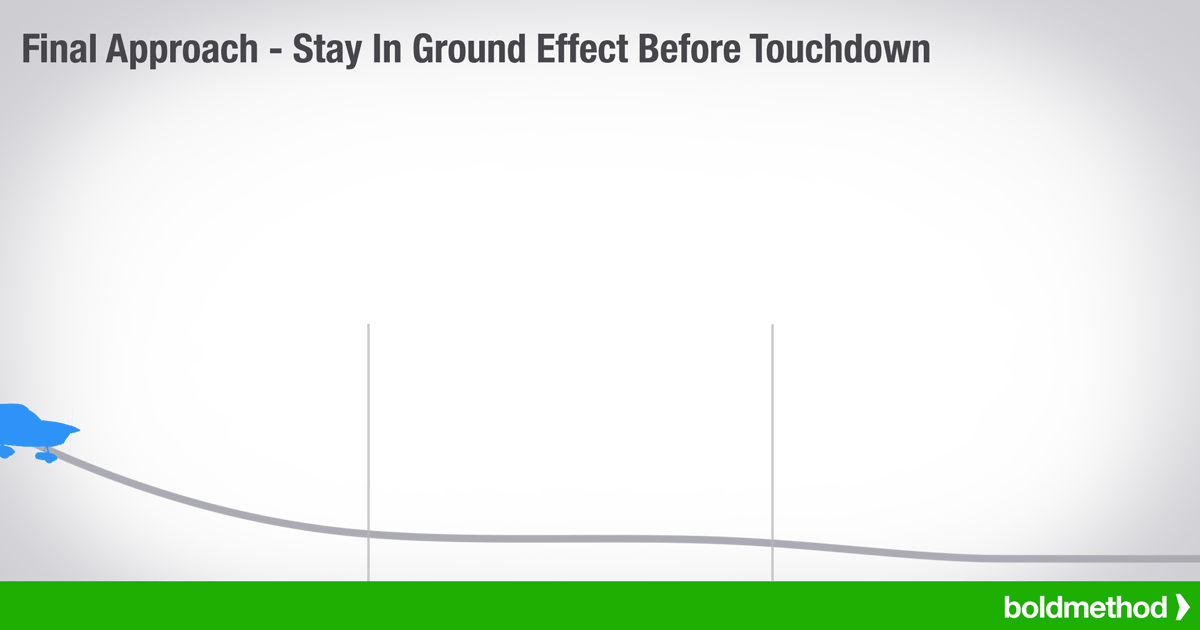6 Things You Need To Remember During Soft Field Landings

Quiz: Can You Pass These 7 Private Pilot Checkride Questions?
08/06/2016
The One Seat You Need To Avoid on a Plane
08/06/2016So you think you’re ready to land on grass? Landing on a soft-surfaced runway can be a ton of fun, but requires a few different steps compared to a conventional hard-surfaced landing. Here are a few tips to help you out.
1) The difference between a normal and soft field landing really comes into play once you cross the runway threshold. That’s because as you get close to touchdown, you want to hold the aircraft 1-2 feet off the runway in ground effect.

2) By holding your plane off the runway, you dissipate your forward speed, and allow your wheels to touch down at a slower speed. This is important for a very good reason: it reduces the nose-over force on your aircraft when it touches down.
3) As you enter ground effect, you can use a small amount of power to level off and make sure you touchdown as slow as possible (though power isn’t necessary).
4) Low-wing aircraft will have more pronounced ground effect because the wing is closer to the ground, and it may not take as much power manipulation than it will to keep a high-wing aircraft in ground effect.
5) After your main wheels touch down gently, you want to slowly remove power, if you had any in, and hold the nose wheel off the runway. Since your main gear are much stronger than the nose wheel, you want to keep the nose off the soft/rough surface until your plane has slowed down to a safer speed.








